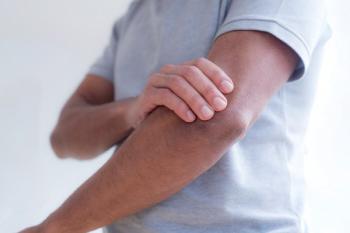Excessive diet exercise is rather poisonous...What if it's like urinary cola?
Jul 06, 2025
|
If you overdo high-intensity muscle exercise while preparing a short-term body profile, or if you suddenly increase your exercise intensity while starting a new personal training (PT), 'Rhabdomyolysis' may occur.
Rhabdomyolysis is a disease in which substances in muscle cells are discharged into the blood as muscles are damaged due to excessive exercise or trauma. Drugs, metabolic abnormalities, and high-temperature exposure can also be the cause.
As broken muscle cells melt, myoglobin, potassium, creatine kinase, etc. in the cells spread to the blood, which can cause complications not only in the muscles but also in major organs such as the liver and kidneys.
If excessive muscle pain, muscle weakness, general fatigue or nausea appear after exercising that you don't usually do, and urine turns dark brown or cola, you should suspect rhabdomyolysis.
For diagnosis, check whether serum creatine kinase levels and blood myoglobin are increased in blood tests, and myoglobin is detected in urine tests.
When rhabdomyolysis occurs, muscle complications such as muscle weakness, swelling, and convulsions can occur, and in severe cases, it can develop into compartment syndrome, where ischemic muscle necrosis or paralysis occurs as blood vessels and nerves are compressed by swelling.
In particular, in the process of excreting myoglobin and creatine kinase into the urine through the kidneys, toxicity directly or indirectly affects the kidneys, which can lead to acute renal failure. At this time, dialysis may be necessary to restore kidney function, and there are also concerns about fulminant hepatitis, which stops liver function, although it is very rare when liver levels increase.
Treatment can be expected to improve through early fluid if there is acute renal injury or metabolic abnormalities, and it can be cured naturally. However, depending on the severity, diuretics may be administered or hemodialysis may be necessary in severe cases.
Professor Kim Jae-kyun of orthopedic surgery at Korea University Ansan Hospital explained, "It is important to gradually increase the intensity of exercise by grasping the condition of one's body so that the body can adapt." "If you see pain or brown urine that you haven't experienced after exercise, you should visit a nearby hospital and get an accurate diagnosis without worrying about it."
In addition, "Dehydration is a major risk factor that can worsen rhabdomyolysis, so sufficient water intake is required during exercise."
|
This article was translated by Naver AI translator.















